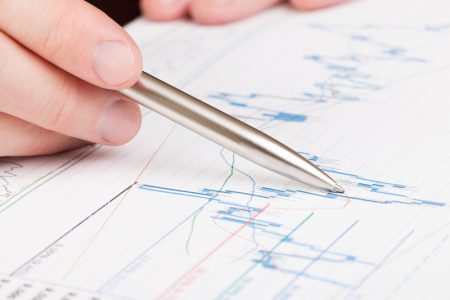The numbers: Total consumer credit rose $15.3 billion in February, down from a revised $19.5 billion gain in the prior month, the Federal Reserve said Friday. That translates into a 3.8% annual rate in February, down from a 4.9% gain in the prior month.
Economists had been expecting a $20 billion gain in February from the initial January estimate of $14.8 billion , according to the Wall Street Journal forecast.
Key details: Revolving credit, like credit cards, rose 5% in February after a revised 12.8% gain in the prior month. That was up from the initial estimate of a 11.1% gain.
Nonrevolving credit, typically auto and student loans, rose 3.4%, up from a revised 2.2% growth rate in the prior month. This category of credit is much less volatile.
The Fed’s data does not include mortgage loans, which is the largest category of household debt.
Big picture: Consumer credit is growing, but at a smaller rate than last year. For instance, last year borrowing rose $45. 6 billion in March and by over $35 billion in October and November.
Credit growth and consumer spending has remained solid even with higher inflation. Consumer spending is estimated to have risen at a 1% annual rate by some estimates. The data will be released at the end of the month in the first-quarter GDP report.
Some analysts are concerned that some of the strength in credit card debt is from lower-and middle-income households who are forced to rely on borrowing to maintain their spending in face of higher prices.
Economists will be looking closely at the data in coming months to see if consumers or lenders grow cautious in the wake of the collapse of Silicon Valley Bank in mid-March. A credit crunch could damage the outlook for growth.
Market reaction: The financial markets
DJIA,
TMUBMUSD02Y,
were closed for the Good Friday holiday.
Read the full article here













